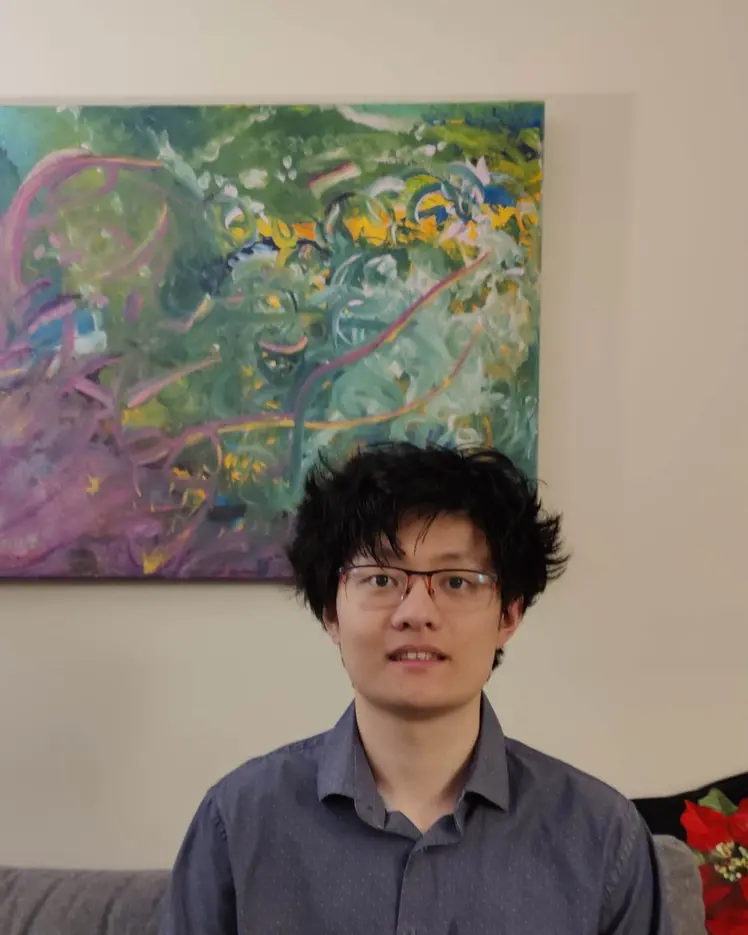Deepfakes, synthetic media created using advanced AI techniques, pose a growing threat to information integrity, particularly in politically
… (see more) sensitive contexts. This challenge is amplified by the increasing realism of modern generative models, which our human perception study confirms are often indistinguishable from real images. Yet, existing deepfake detection benchmarks rely on outdated generators or narrowly scoped datasets (e.g., single-face imagery), limiting their utility for real-world detection. To address these gaps, we present OpenFake, a large politically grounded dataset specifically crafted for benchmarking against modern generative models with high realism, and designed to remain extensible through an innovative crowdsourced adversarial platform that continually integrates new hard examples. OpenFake comprises nearly four million total images: three million real images paired with descriptive captions and almost one million synthetic counterparts from state-of-the-art proprietary and open-source models. Detectors trained on OpenFake achieve near-perfect in-distribution performance, strong generalization to unseen generators, and high accuracy on a curated in-the-wild social media test set, significantly outperforming models trained on existing datasets. Overall, we demonstrate that with high-quality and continually updated benchmarks, automatic deepfake detection is both feasible and effective in real-world settings.
